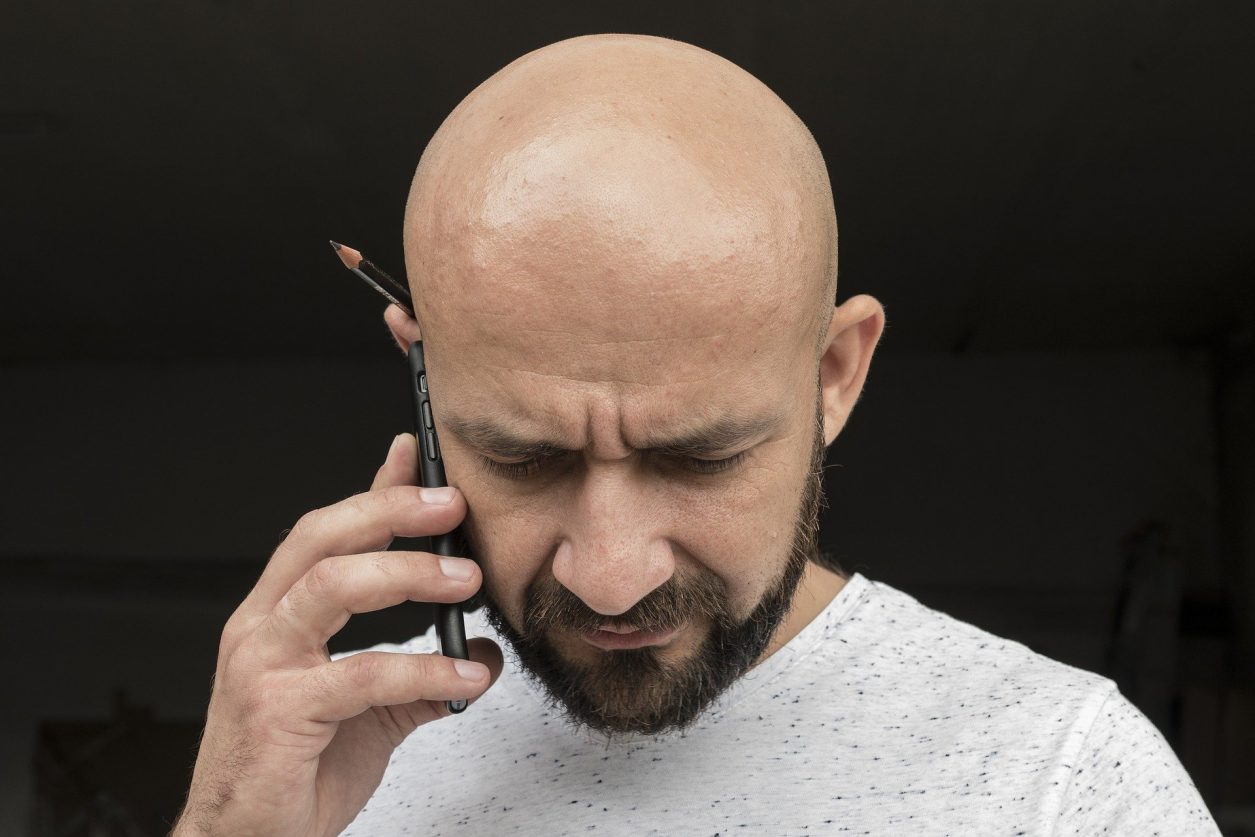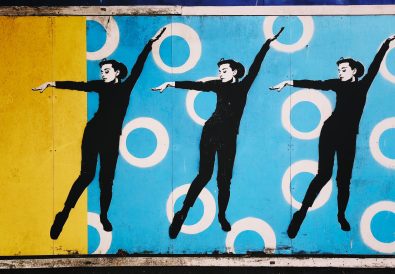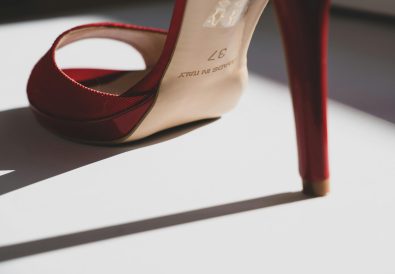
If your fella is struggling with hair loss, you’ve come to the right place to help understand it.
Hair loss is such a regular part of our lives that we often fail to recognise it for what it is: male pattern baldness. Every day, men brush off the strands they find on their clothes or pillowcase, and then suddenly, one day, discover their hairlines have receded miserably. Then what happens? Most of them tend to start feeling depressed and helpless.
If we paid more attention to this problem, we would revert most of the damage successfully. To keep track of your man’s hair loss pattern, we have the Norwood scale for them to follow.
Based on where they rank on the Norwood scale, they can then choose from various treatment options for their male pattern baldness. So let them have a read of these stages:
Stages on the Norwood Scale
The best way to judge the stage of your male pattern baldness is to use the Norwood scale. This scale is a classification of male hair loss in seven stages and tells you the extent of how much hair you’ve lost in your pattern baldness.
The lower level you stand at, the lower your hair loss severity is. However, the closer you are to stage 7 in your male pattern baldness, the more severe your problem is.
Stage 1
Stage 1 is the mildest level of hair loss and usually remains unnoticeable. The most that happen in this stage is hair loss around the forehead and the temples, but the hairline does not recede.
Stage 2
At this point, the hair receding at your temples begins to gain momentum and will start reaching your hairline from the right and left temple. As a result, an M shape will begin to form on your hairline while the hair in the middle of your forehead will start thinning too.
However, even at this stage, the hair loss may remain reasonably unnoticeable.
Stage 3
This is the stage that the Norwood Scale considers as substantial and terms it as baldness. The receding that began at your temples has exceeded so much by stage 3 that very little hair remains in your right and left temples.
There is also a subcategory of stage 3, which we refer to as Stage 3 Vortex. In this, the hair on the top of your scalp or vortex is considerably thinner too, and one can see the bald spots on the top of your head.
Stage 4
This is a self-explanatory stage of hair loss, where not only the M-shaped hairline will be evident, but also the hair on the crown of your head will be relatively scanty. You will note large bald patches on your vortex, with a clear outline between your two key areas, vortex, and temples.
The only pleasing sight will be a dense patch of hair, perhaps from the top front of your head running towards the back.
Stage 5
This stage makes your horseshoe hairline shape quite distinct and noticeable. The top of your hair thins out while the hair around the sides remains. You can consider this stage as the advanced level of your hair loss and perhaps the one where medications will most likely not work.
Stage 6
This is an extensive hair loss stage, in which you will see your hairline reaching the top of your head. Your hair will also be barely visible at the crown, let alone offer any coverage for your scalp. Your balding areas around the vortex and temples will have joined by this stage, ultimately diminishing the band separating them.
You may expect further hair loss at the sides.
Stage 7
This is the worst stage of your hair loss, where the cul-de-sac pattern has fully come into shape. There is no hair left on the top of your head, only complete baldness. What little hair remains around the sides will also, unfortunately, be very fine and less.
If you began no treatment before this stage, it would be best not to harbor any hopes of recovering your hair.
Treatment options
1.) Laser caps for hair growth are the best solution, and the earlier you start using it, the better chances you have of reverting your hair loss. The laser reduces the inflammation that obstructs your hair from regrowing. It also boosts circulation to induce an active growth of hair.
2.) The FDA approves two drugs for your male pattern baldness.
- Finasteride is a pill you can only get with a doctor’s prescription, and you must take one daily.
- Rogaine or Minoxidil is the other drug. You can take it in foam or liquid form and purchase it over the counter. Use it twice on your scalp daily.
Both the drugs will need at least a year to produce results, that too if you use them regularly.
You may also opt for hair transplant procedures, but we recommend these only when you have reached the advanced hair loss stage. Where all other treatments become futile, you can opt for either follicular unit transplantation or a follicular unit extraction.
3.) Consider making lifestyle changes early on in your male pattern baldness. Some harmful habits could be the main reasons behind your hair loss and switching to a healthy lifestyle could restore your hairline. Here is what you can:
- Smoking causes hair loss, so if you are a chain smoker, you must immediately quit the addiction.
- Scalp massages are the most convenient and safest ways of stimulating hair growth. With a massage, you will stimulate your hair follicles and grow back thicker hair.
- Nothing beats the benefits of staying true to a healthy and balanced diet. Eat a variety of fruits, vegetables, lean proteins, unsaturated fats, and whole grains. Refrain from too many sweets and junk food. Consume all mineral vitamins needed for your hair growth.
- Eat more sources of omega-3 fatty acids
- Drink plenty of water daily
- Eliminate stress
- Sleep well and enough
Conclusion
Male pattern baldness is a common, natural, and inevitable occurrence, but that does not mean you must do nothing about it. Catching the problem in the early stages and using the right treatment options can prevent hair loss significantly. Also, refrain from unhealthy habits that could speed up the balding process for you. If nothing works, remember laser caps have worked wonders for people around the world, and you might benefit from it too.







